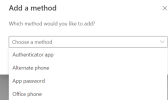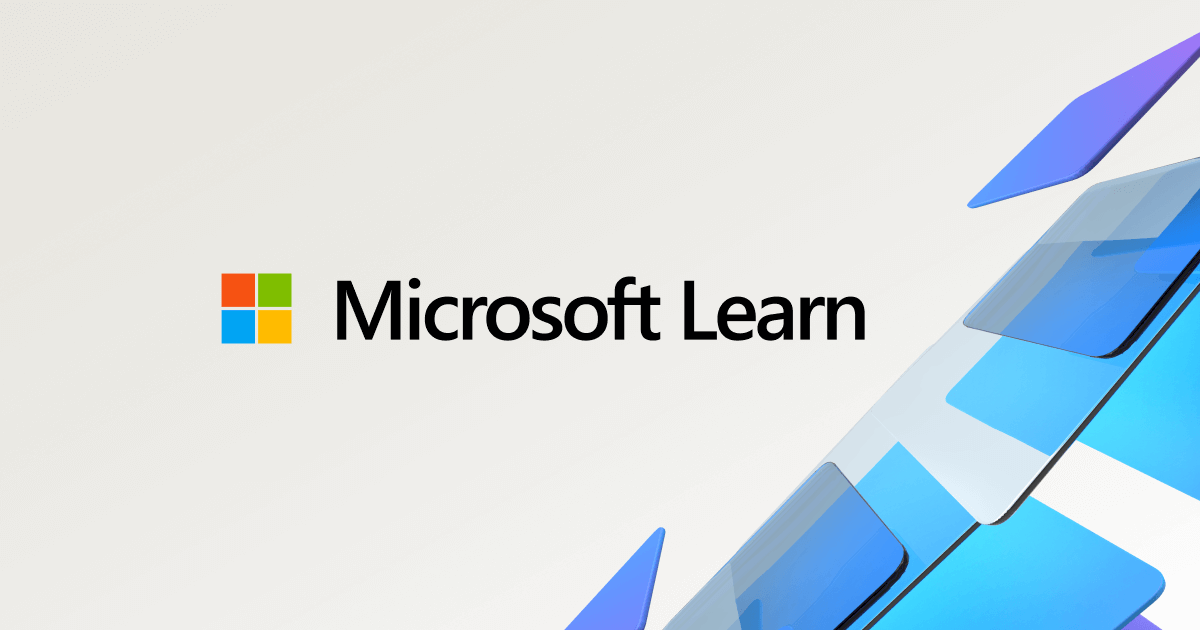HCHTech
Well-Known Member
- Reaction score
- 4,400
- Location
- Pittsburgh, PA - USA
I suspect the answer is "no", but in the meantime, I'll wipe the blood from my forehead and ask here to see if I'm missing something. Basically, when you go into the account security settings after logging in with a browser, and click the "Add sign-in method", a choice for 'USB Key' is not on the list of available choices:

I searched for a place in the tenant to enable USB Keys, but came up empty. It appears you need to be on AzureAD for this, correct?

I searched for a place in the tenant to enable USB Keys, but came up empty. It appears you need to be on AzureAD for this, correct?

